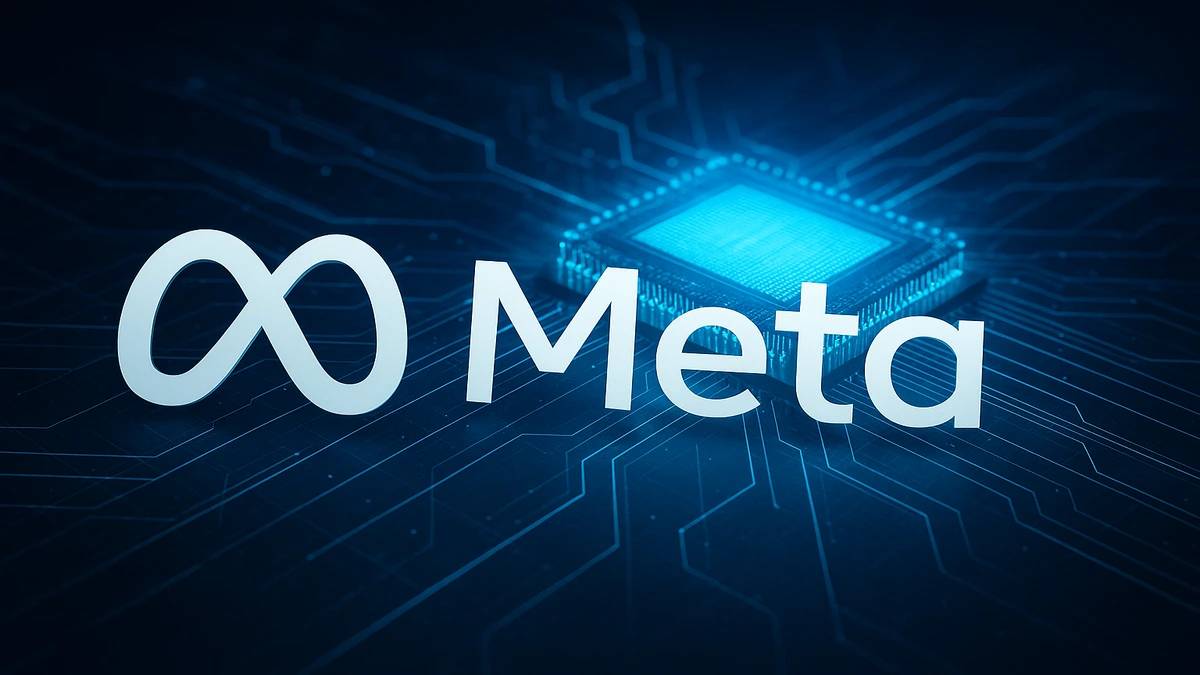
Explore key insights from Stanford’s AI Index 2025, covering AI trends, global investment, regulation, education, and strategic business impact across industries.
The AI Index 2025, published by the Stanford Institute for Human-Centered Artificial Intelligence (HAI), is a comprehensive, data-driven report that captures the global state of artificial intelligence (AI). Released in April 2025, this eighth annual edition offers a clear picture of AI’s advancements, adoption, and impact across industries. We try to summarize here, the report’s findings that serves as a reference to understand AI’s role in shaping the future.
Source:Stanford HAI
What is the AI Index 2025?
The AI Index is an annual report that compiles global AI data across five core areas: technical performance, economic impact, education, policy, and responsible AI practices. It acts as a roadmap, tracking AI’s growth, applications, and challenges. Spanning over 400 pages, the 2025 edition is the most extensive, providing reliable insights for business leaders, policymakers, and researchers. Originating from the One Hundred Year Study on Artificial Intelligence in 2017, the report is globally recognized, cited by outlets like The New York Times and used by companies like Accenture and IBM.
The report’s goal is to deliver unbiased, validated data to guide decision-making. Whether you’re running a business, studying strategy, or exploring investments, the AI Index 2025 offers actionable insights into how AI is transforming sectors like healthcare, transportation, and business operations.
Key Findings of the AI Index 2025
Below is a summary of the report’s major insights, organized by its core themes.
1. Technical Performance: AI is Advancing Rapidly
AI systems are improving at an unprecedented pace. In 2023, new benchmarks like MMMU (multimodal tasks), GPQA (general knowledge), and SWE-bench (coding) were introduced to test AI limits. By 2024, performance soared:
Benchmark Gains: AI scores rose by 18.8, 48.9, and 67.3 % points on MMMU, GPQA, and SWE-bench, respectively. For example, SWE-bench coding problem-solving jumped from 4.4% to 71.7%.
Smaller, Smarter Models: In 2022, only large models like PaLM (540 billion parameters) scored above 60% on the MMLU benchmark. By 2024, Microsoft’s Phi-3-mini (3.8 billion parameters) matched this—a 142-fold size reduction.
Outperforming Humans: AI coding agents now surpass humans in some programming tasks, and AI video generators like OpenAI’s SORA produce high-quality content.
What This Means for Business: Advanced AI can automate complex tasks, from coding to content creation. Smaller models lower development costs, making AI accessible for smaller firms. Focusing upon usage of AI tools will enhance productivity and makes a compelling case for product development and marketing.
2. Economic Impact: AI is Fueling Investment and Productivity
AI is driving economic growth and transforming businesses. The report highlights:
Investment Surge: U.S. private AI investment reached $109.1 billion in 2024, far surpassing China’s $9.3 billion and the U.K.’s $4.5 billion. Generative AI attracted $33.9 billion globally, up 18.7% from 2023.
Business Adoption: 78% of organizations used AI in 2024, up from 55% in 2023, with research showing AI boosts productivity and narrows skill gaps.
Job Transformation: AI automates routine tasks and creates new roles in AI development and oversight, reshaping global workforce.
What This Means for Business: AI can streamline operations and reduce costs. Invest in AI to optimize processes like customer support or supply chains. Up-skilling of employees is needed to work with AI and stay competitive. For example, retailers can use AI for personalized marketing, and manufacturers can enhance logistics.
3. AI is Transforming Learning and Education
AI is reshaping education at all levels. Key trends include:
K-12 Expansion: Two-thirds of countries now offer or plan K-12 computer science (CS) education, double the number in 2019. In the U.S., 81% of K-12 CS teachers believe AI should be part of CS education, but less than half feel equipped.
Higher Education: U.S. computing bachelor’s degrees rose 22% over the past decade, reflecting demand for AI skills.
Access Gaps: Infrastructure challenges, like in some African countries, limit CS education access.
What This Means for Business: A skilled AI workforce is essential. Businesses should partner with universities or platforms like Coursera to train employees in AI basics. A perpetual learning needs to be supported to keep the team adaptable to business needs of the future.
4. Policy and Governance: Regulation is Accelerating
Governments are increasingly regulating and investing in AI. The report notes:
Global Laws: Legislative mentions of AI rose 21.3% across 75 countries in 2024, a ninefold increase since 2016. The EU’s AI Act and other frameworks emphasize transparency and accountability.
U.S. Regulations: U.S. federal agencies issued 59 AI-related regulations in 2024, double the 2023 count.
Investment: Governments are funding AI infrastructure, with Canada ($2.4 billion), China ($47.5 billion), and Saudi Arabia ($100 billion) launching major initiatives.
What This Means for Business: Stay updated on AI regulations to ensure compliance. Adopt transparent AI practices to build trust. For example, disclose AI use in customer interactions, like chatbots, to align with emerging laws.
5. Responsible AI: Ethics and Trust are Critical
Responsible AI ensures fairness, safety, and ethics. The report highlights:
Rising Incidents: AI-related incidents, like deepfakes, are increasing, raising concerns about misinformation.
New Tools: Benchmarks like HELM Safety and AIR-Bench help assess AI factuality and safety, but adoption by companies lags.
Public Trust: Global optimism about AI’s benefits grew in 2024, with 83% in China and 39% in the U.S. seeing AI as beneficial, though concerns about data privacy and bias persist.
What This Means for Business: Ethical AI use prevents reputational risks. AI systems must be audited regularly and to reduce bias a diverse dataset can be used. For instance, AI tools used for hiring must never screen candidates based on gender or ethnicity.
Why the AI Index 2025 Matters for Your Business
The AI Index 2025 is a vital tool for navigating the AI revolution. Here’s why it’s relevant:
Strategic Planning: Identify AI applications, like predictive analytics for sales or automation for operations.
Competitive Edge: Early AI adopters gain market advantages. Use the report to guide investments.
Risk Management: Understand challenges like bias or regulation to avoid pitfalls.
Future-Proofing: Prepare your workforce and business model for AI-driven changes.
Challenges and Considerations
The report flags certain challenges like:
Cost: AI adoption can be expensive in some cases, especially for small businesses.
Skills Gap: Only a small fraction of workers are AI-proficient, creating talent shortages.
Ethical Risks: Missteps can lead to legal or compliance issues.
Overhype: Not all AI solutions deliver. Too much noise prevails in this space.
Businesses must address the above by starting with small AI projects, partnering with trusted providers, and prioritizing ethics and governance.
Looking Ahead: AI’s Future
The AI Index 2025 predicts continued AI growth. By 2030, AI’s economic impact could be transformative, with trends like:
Efficient AI: Inference costs for GPT-3.5-level performance dropped 280-fold from 2022 to 2024, making AI more accessible.
Global Competition: The U.S. leads in model development, but China is closing the performance gap.
Scientific Impact: AI’s role in science, recognized by 2024 Nobel Prizes, will expand.
For business leaders, staying informed and adaptable is crucial. The AI Index 2025 is a starting point to prepare for AI’s opportunities.
The AI Index 2025 is an essential resource for understanding AI’s current and future impact. Its insights into technical advancements, economic shifts, education trends, policy changes, and ethical challenges provide a clear view of AI’s potential and risks. The report offers a foundation to make informed decisions, whether exploring AI or scaling its use.






